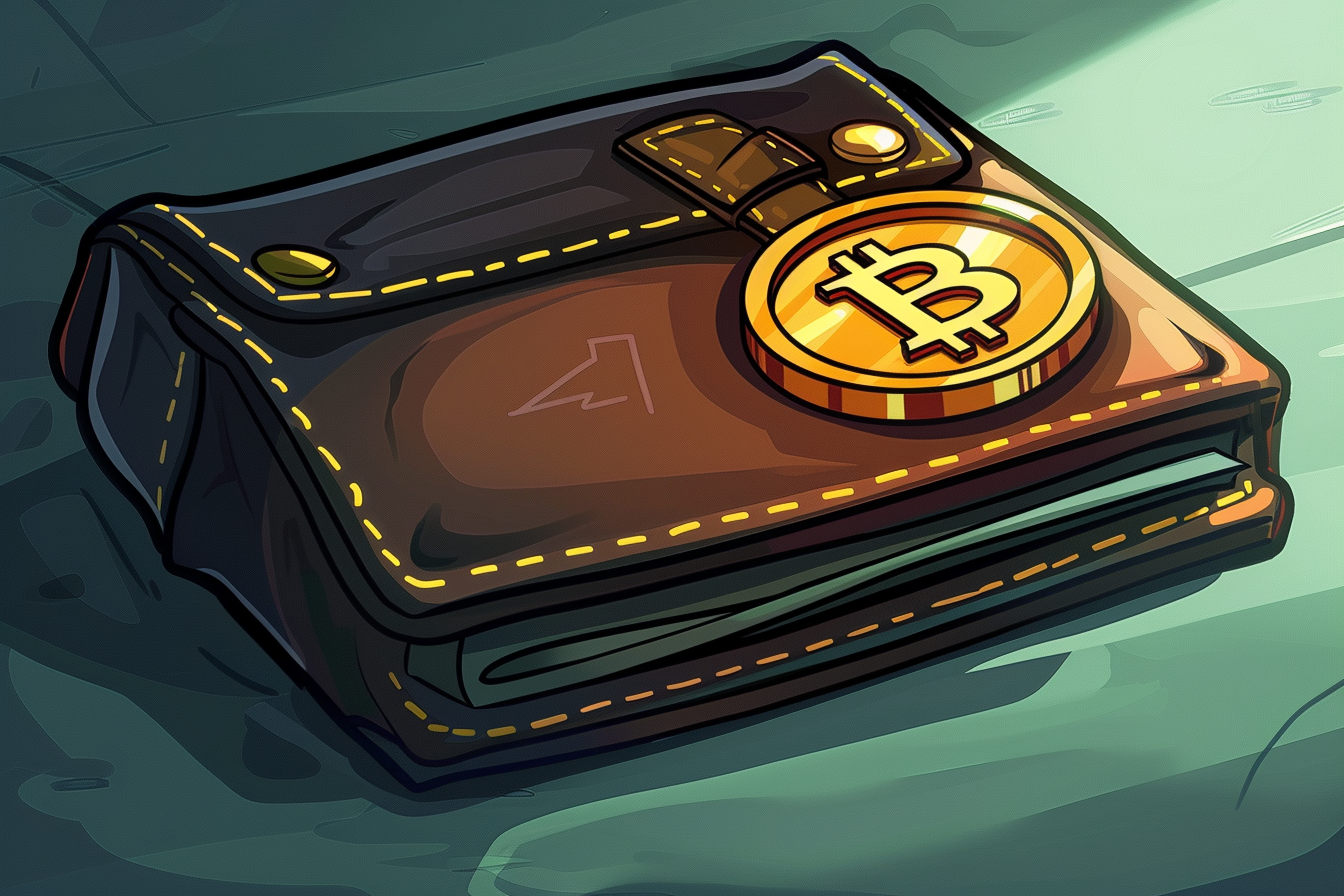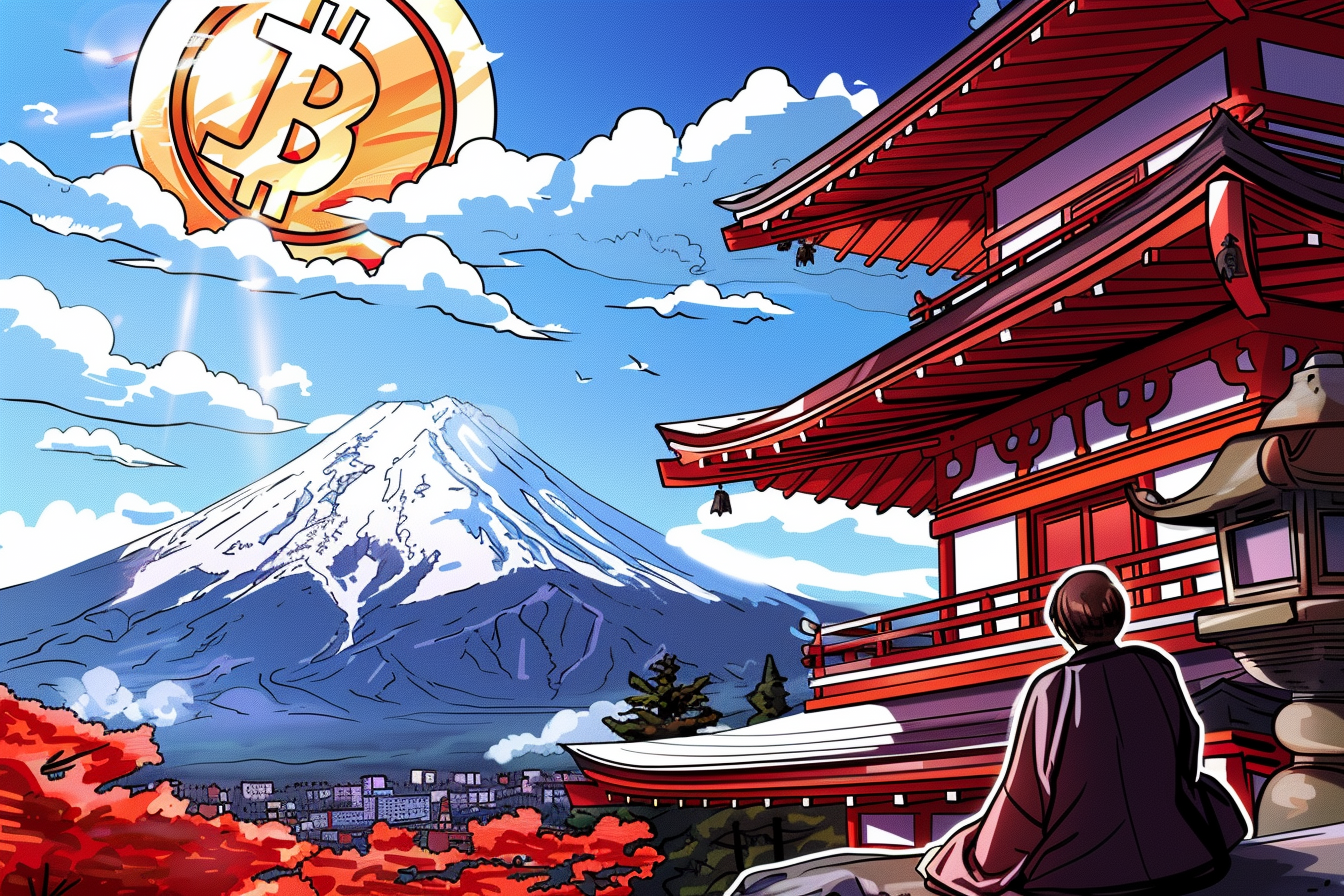Table of Contents
Ethereum founder Vitalik Buterin has revealed the areas of the Ethereum application ecosystem that “excites” him.
In a blog post on Monday, Buterin said that money remains the most important application of blockchain technology. Citing the example of Argentina, which he visited in December last year and paid for a coffee using ETH, Buterin said that the cryptocurrencies can be a “lifeline” for countries experiencing hyperinflation.
“This was far from the most meaningful use of cryptocurrency that is taking place in the country. Others are using it to save money, transfer money internationally, make payments for large and important transactions, and much more. But even still, the fact that I randomly found a coffee shop and it happened to accept cryptocurrency showed the sheer reach of adoption,” Buterin said.
Buterin also pointed out that the current transition to a “cashless society” is being used by governments around the world to as an “opportunity to introduce levels of financial surveillance that would be unimaginable 100 years ago”.
“Cryptocurrency is the only thing currently being developed that can realistically combine the benefits of digitalization with cash-like respect for personal privacy,” he emphasized.
While Buterin conceded that crypto transactions are still expensive and time-consuming, he also noted that upgrades including Ethereum’s merge and scaling solutions such as optimistic and ZK rollups will benefit the industry.
“These trends will take years to play out as the technology develops, but progress is already being made. At the same time, there is an important “push factor” driving interest in transacting on-chain: the FTX collapse, which has reminded everyone, Latin Americans included, that even the most trustworthy-seeming centralized services may not be trustworthy after all,” he said.
Related: Vitalik Buterin Talks Ethereum’s Future at Singapore Fintech Festival
Buterin, who gave an update on Ethereum’s future at the recent Singapore Fintech Festival, also weighed in on stablecoins, stating that they have many “convenient properties” including being open for use by anyone and resistant to “most large-scale and opaque forms of censorship”. However, Buterin also alluded to the fact that there is still a trade-off between decentralisation and stability when it comes to stablecoins.
“There is a reality that is not congenial to cypherpunk values today: the stablecoins that are most successful today are the centralized ones, mostly USDC, USDT and BUSD,” he said.
Related: Can Stablecoins & CBDCs Coexist?
He also classified stablecoins into three main categories: centralized stablecoins, DAO-governed real-world-asset backed stablecoins and governance-minimized crypto-backed stablecoins.
On DeFi (decentralised finance), Buterin emphasized the need to “keep it simple”, and named decentralized stablecoins as “the most important DeFi product,” with prediction markets, and other synthetic assets also an “important niche”.
“Decentralized finance is, in my view, a category that started off honorable but limited, turned into somewhat of an overcapitalized monster that relied on unsustainable forms of yield farming, and is now in the early stages of setting down into a stable medium, improving security and refocusing on a few applications that are particularly valuable,” Buterin said.
Related: DeFi is a Rich Nerd’s Pipe Dream
Buterin also highlighted the use cases of decentralised identities (e.g. ENS, SIWE, PoH, POAPs, SBTs) and DAOs (decentralised autonomous organisations) – which he referred to as a” powerful term” that “captures many of the hopes and dreams that people have put into the crypto space to build more democratic, and efficient forms of governance”
“Many of these structures work, and many others cannot, or at least are very mismatched to the goals that they are trying to achieve,” he added.
Ultimately, Buterin believes that the more “stable and boring” applications are not being built because there is less short-term profit to be made and hence less excitement around them.
“The LUNA market cap got to over $30 billion, while stablecoins striving for robustness and simplicity often get largely ignored for years. Non-financial applications often have no hope of earning $30 billion because they do not have a token at all,” he said.
It’s an important point to note from Buterin, considering the fact that crypto’s last bull market was partly fuelled by an explosion of high yield-promising protocols and copycat NFT projects, all of which have fallen into obscurity in recent months due to the market downturn.
While crypto winter’s chill will be unforgiving (just look at how many of the “big players” have collapsed), it’s also an opportunity for the industry to steer itself towards building applications that are sustainable and have actual use cases, and are not just centred around making quick profits.
“It’s these applications that will be most valuable for the ecosystem in the long term, and that will bring the most lasting value to both their users and those who build and support them,” Buterin concluded.






